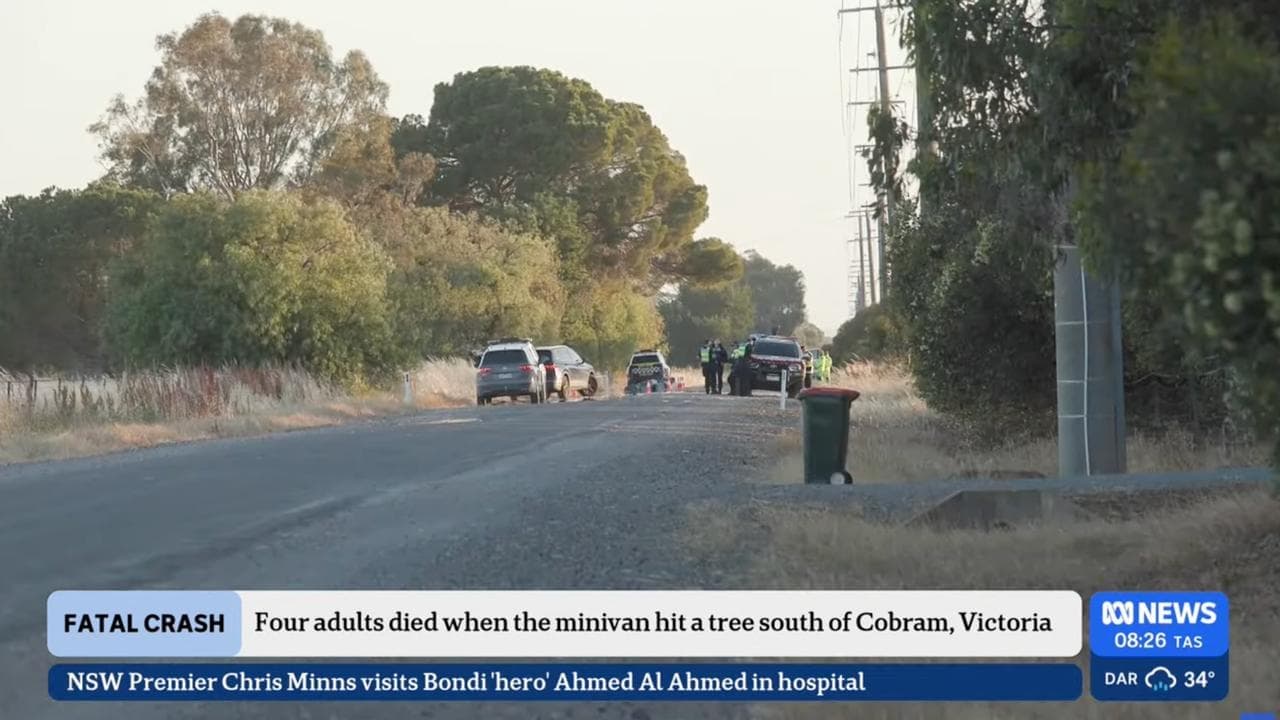The Statement
As cases of the 2019 Novel Coronavirus continue to climb, information on the number of people infected and the World Health Organisations (WHO) response to the outbreak continues to spread on social media.
An Instagram post from January 31, 2020 features a claim that WHO has called the coronavirus a plague and it has infected an estimated 340,000 people in China and killed 75,000.
The posts text reads, BREAKING: World Health Organization officially declares the Coronavirus as a plague, as [sic] estimated 340,000 people are infected in China and 75,000 dead. The text is overlaid onto an image of an intravenous drip bottle hanging from a stand.
The post has been viewed more than 30,000 times and has attracted more than 1700 likes and 100 comments.

The Analysis
The 2019 novel coronavirus (2019-nCoV) was first detected in the Chinese city of Wuhan in December 2019. It is a new strain in the coronavirus family - a group of viruses which also the SARS and MERS respiratory infections. Coronaviruses can be transmitted between animals and humans.
According to the WHO, plague is a specific infectious disease caused by a bacteria called Yersinia pestis. The bacteria is usually found in small mammals and their fleas and can be transmitted between animals and humans by the bite of infected fleas, direct contact with infected tissue or inhalation of infected respiratory droplets.
Professor Basil Donovan, an expert on infectious diseases at the University of NSW Faculty of Medicine, told AAP FactCheck the word plague could also mean a very large outbreak or an epidemic.

Its not a formally defined term. The trouble with wordplay, its got an emotional overlay. It has no meaning in medicine, Professor Donovan said.
Its not a scientific term. Its good for clickbait. It doesnt add any meaning to anything.
On January 30, 2020, the WHO convened its Emergency Committee to declare a Public Health Emergency of International Concern (PHEIC) over the global outbreak of the 2019 novel coronavirus.
The declaration of a PHEIC by the WHO signifies an extraordinary event that requires a coordinated international response.
WHO Director-General Dr Tedros Adhanom Ghebreyesus said the main reason for the declaration is not because of what is happening in China but because of what is happening in other countries.
Our greatest concern is the potential for the virus to spread to countries with weaker health systems and which are ill prepared to deal with this, he said.
The post also claims 340,000 people are infected and 75,000 people have been killed by the coronavirus in China.
According to the latest WHO coronavirus update on February 3, 2020, there have been 17,391 confirmed cases globally with 17,238 confirmed cases in China.
The WHO have also confirmed 361 deaths from the coronavirus outbreak within China and one death outside China, in the Philippines.
The latest figures from the National Health Commission of the Peoples Republic of China (NHC) reported at 3am (AEST) on February 4, 2020 that 20,438 cases had been confirmed in the country. (use English translation)
According to the Wuhan Coronavirus Global Cases reporting tool created by Johns Hopkins Universitys Center for Systems Science and Engineering, the tally of confirmed cases on mainland China stood at 20,001 with 426 confirmed deaths as of 12pm (AEST) February 4, 2020.
All three sources put the total tally for people infected in China well under the figure of 340,000 claimed in the Instagram post.
The Instagram user who posted the January 31 post shared an identical image on January 29, 2020, with that posts caption including the word, Cap. According to dictionary.coms slang dictionary, "cap" comes from the slang expression no cap which means no lie or for real to emphasise someone is not exaggerating about something hard to believe.
Urban Dictionary also defines Thats cap as a term used for when someones actions are unexceptional or fake.
The original post appears to have been posted on a Twitter account. AAP FactCheck searched Twitter using the Advanced Search tool for the phrase but could not locate the original tweet.
The Verdict
Based on the evidence, AAP FactCheck found the Instagram post to be false. While the WHO has declared the 2019 coronavirus outbreak as a Public Health Emergency of International Concern, it has not deemed the outbreak as a plague. Also the number of infections and deaths globally are far below the numbers claimed in the post. Although the Instagram user labelled the claim in their first upload with cap, potentially indicating the post was false, many users appear unaware the post contains false information.
False - The primary claims of the content are factually inaccurate.
First published February 4, 2020, 16:55 AEDT












